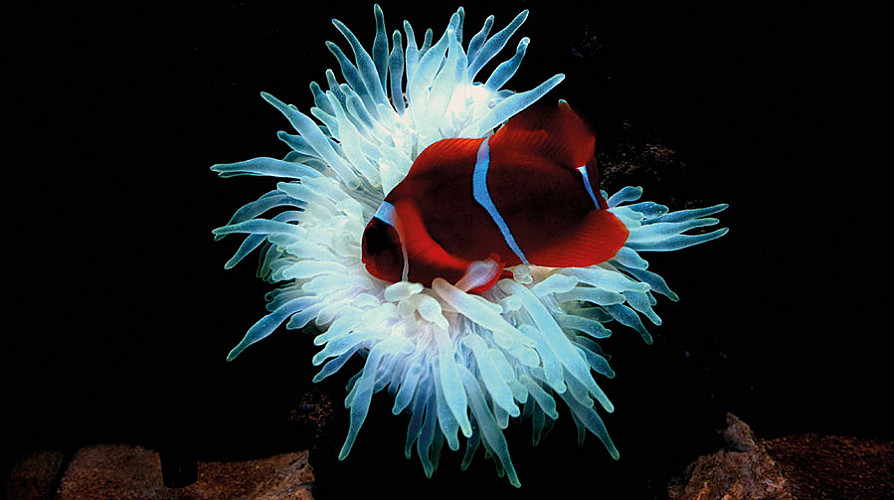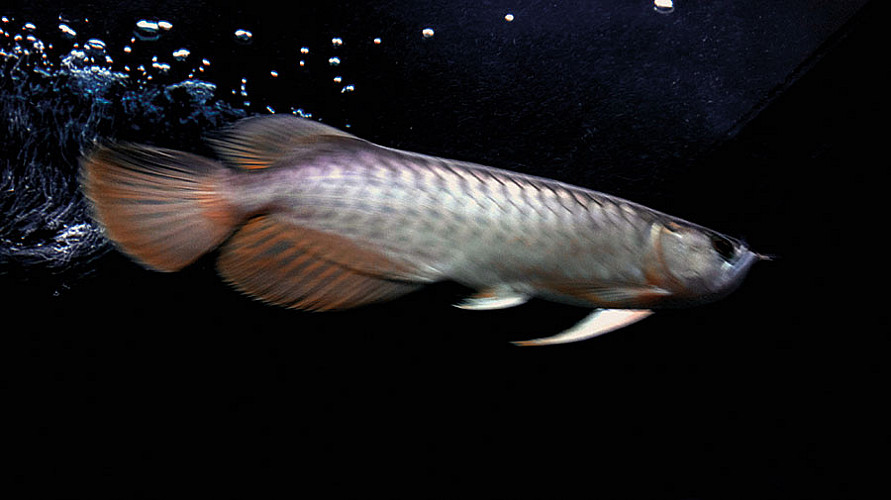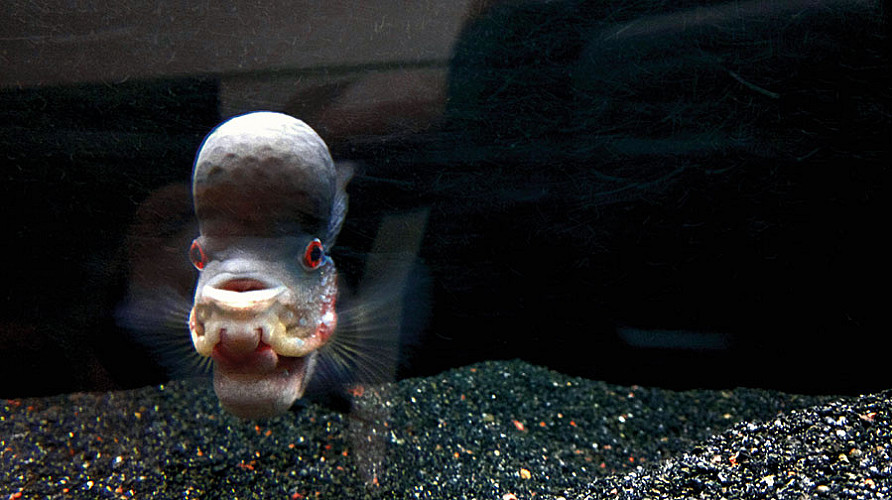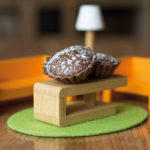4 Ways To Create Your Own Miniature Garden
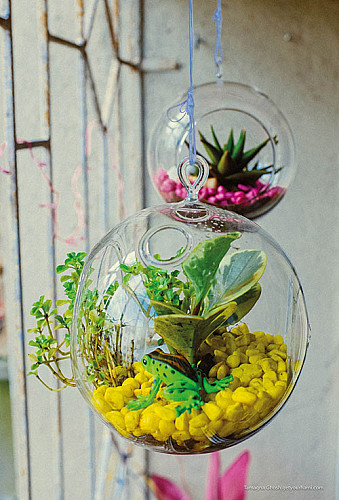
‘And some can pot begonias and some can bud a rose, and some are hardly fit to trust with anything that grows’…. For some, the latter part of this Rudyard Kipling sonnet has rung true for a long while, and not for lack of effort. Admittedly, small apartments, fast-paced cities and demanding professional lives leave us with little potential to successfully nurture our own verdure.
In a time sans alfresco expanses, a gentle yet revolutionary movement towards micro gardening has come to the fore. For busy bees, the idea of a small indoor plant on a desk, kitchen counter or side table is particularly alluring. So, it’s no surprise that when design bloggers picked up on the idea and began spreading the word, it went viral. Today, a deluge of DIY guides and videos dot the internet, sharing tips for reusing everyday objects like tyres, birdcages, fish bowls and glass cloches in order to interact with nature on a daily basis rather than merely on weekend trips to hill stations. What’s more, gifting has become the obvious next step, spawning an array of start-ups offering creations that can be ordered online or bought in tasteful decor stores.
Terrarium thrill
Trends, as we know, are cyclical, so it makes sense that terrariums are making a comeback from the ’70s — only this time around, their avatars are a world apart from the inelegant alcohol bottles, jelly jars and slapdash glass tanks of that time. From teardrop-shaped glass vessels to minimalistic bedside cuboids, these tiny ecosystems make for stylish and convenient alternatives to full-scale yards.
“Youngsters seem to love it,” Natasha Varghese, founder of Soul Bowls, tells me. “Being exposed to a lot of information on environmental friendliness, they do feel a sense of responsibility to keep their little bowl alive!” The 28-year-old digital marketing executive has been supplementing her day job with 5 a.m. gardening sprees, creating sophisticated terrariums to order, after chancing upon them a couple of years ago. Growing up watching and learning everything she knows about the skill from her father, she started searching for a way to include the passion in her daily life despite the lack of space in her apartment. “I was also an absolute workaholic and needed to find a way to help calm my body, mind and soul.” She eventually started her own company, which is now a go-to shop for these pretty decor elements.
Conversely, Leah Umrigar of The Green Bowl was working in television when she started making terrariums casually for friends and realised that “there was a market for people who loved and wanted elements of green in their homes, but were restricted by lack of space and know-how”. And the fact that these little masterpieces necessitate only the occasional spritz and nominal sunlight to survive can put all ‘black thumbs’ at ease. Succulent plants need even less water, if at all, but should get more direct sunshine. “They are very low-maintenance and require just half a teacup or so of water about once a week. And if you keep the bowl sealed, the condensed water vapour goes back into the jar, making it a self-sustaining ecosystem. So if you’re travelling, you can cover the top with a saucer and leave it for months!” Umrigar assures.
Vertical verdancy
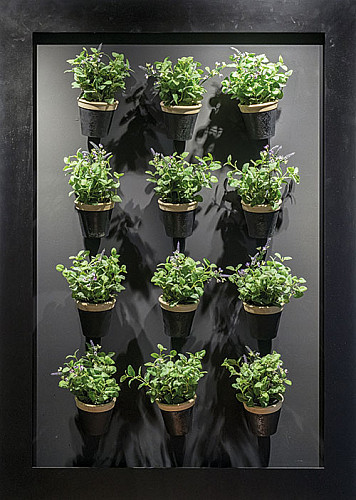
Another fresh element that is elevating homes, restaurants and public areas these days is the vertical garden. A fairly old concept (think, creepers growing on trellises), it’s now being used to create ‘living walls’. Imagine an empty wall, in a home that already has an abundance of paintings and other artefacts, sprouting microgreens and tiny flowers. Or old, empty frames being painted bright colours and filled with plants — which are precisely what one can find at the inventive new restaurant Dishkiyaoon in Bandra Kurla Complex, Mumbai. Architect and designer Clement Desylva elaborates, “With the large-scale concretisation in urban environments, our longing for nature intensifies. To meet this need, an interest in green walls has grown. With Dishkiyaoon, it was all about bringing the outdoors inside. Hence, this was the perfect fit — natural without consuming valuable Floor Space Index.”
Fairy-tale flora
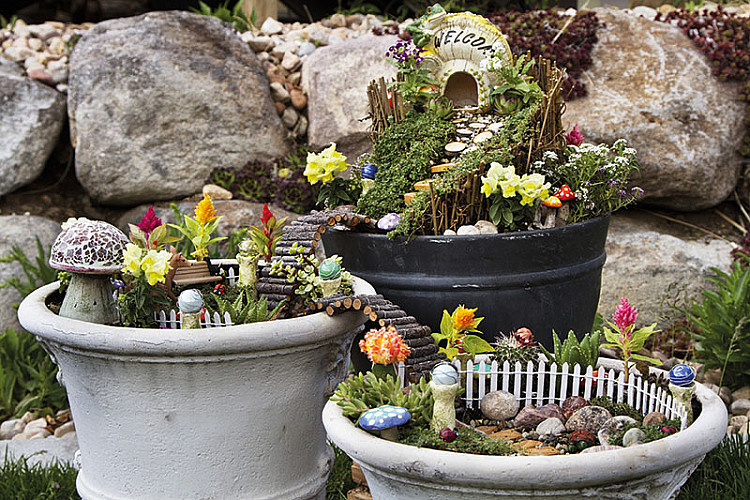
Taking inspiration from fables and poetry, fairy gardens are another hot trend. Suitable for open vessels, they feature tiny vegetation alongside mini elements like stones, moss, undergrowth, furniture, trimmings and figurines of fairies, elves and gnomes.
Far from a passing fad, this could work as a crucial gateway to get children interested in plants. A perfect craft to fill up a free weekend, it can teach them how to make the best of presumed waste like broken clay pots and tiles while indulging their imagination with a bit of whimsy.
But this isn’t just one for the kids. For ladies all over the world, mini-garden parties are now the events of choice, where guests choose from a variety of vessels, make a selection of greens and put them together with cute decoration pieces, statuettes and differently textured soil or rubble. It has definitely become a lot cooler to be passionate about nature. As Varghese excitedly claims, “Plant lady is the new cat lady!”
Water wonder
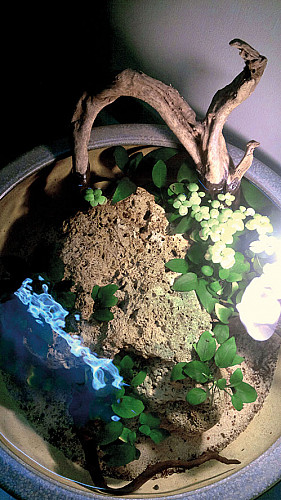
For those with both a love for vegetation and a passion for marine life, aquascaping might just be your calling. Made popular in the ’90s by the celebrated late Japanese landscape photographer and aquarist Takashi Amano, the practice entails using water plants, rocks, lighting and wood to create an underwater tableau. Artist, designer and aquascaper Rahul Das tells us about it:
Working with limited area…
“The nano ponds that I’m currently working on provide a great bird’s-eye view. While a miniature pond or tank sitting on a desktop solves the space-related problem, it actually poses bigger challenges in terms of maintenance and the kind of species one can house within such limited areas. That’s when research becomes all the more important.”
Climate control…
“The Indian weather is well-suited for most tropical fish and plant species, except for marine or saltwater fish — in which case a chiller, a heater and temperature control gadgets have to be taken into account even before you plan the actual tank set-up.”
On accessorising…
“There is a world of materials available, but the choice is defined by your budget and overall vision. The most common format would be a glass tank where the back panel is covered with an image or a solid vinyl sticker. I have found the use of medium to large ceramic tubs great for top-viewing aquascapes that are perfectly suited for any home. In some cases, these tubs even work well outdoors, with the added bonus of not needing to clean it every other day!”
Related posts from Verve:
Verve Trending
Sorry. No data so far.
us on Facebook to stay updated with the latest trends

